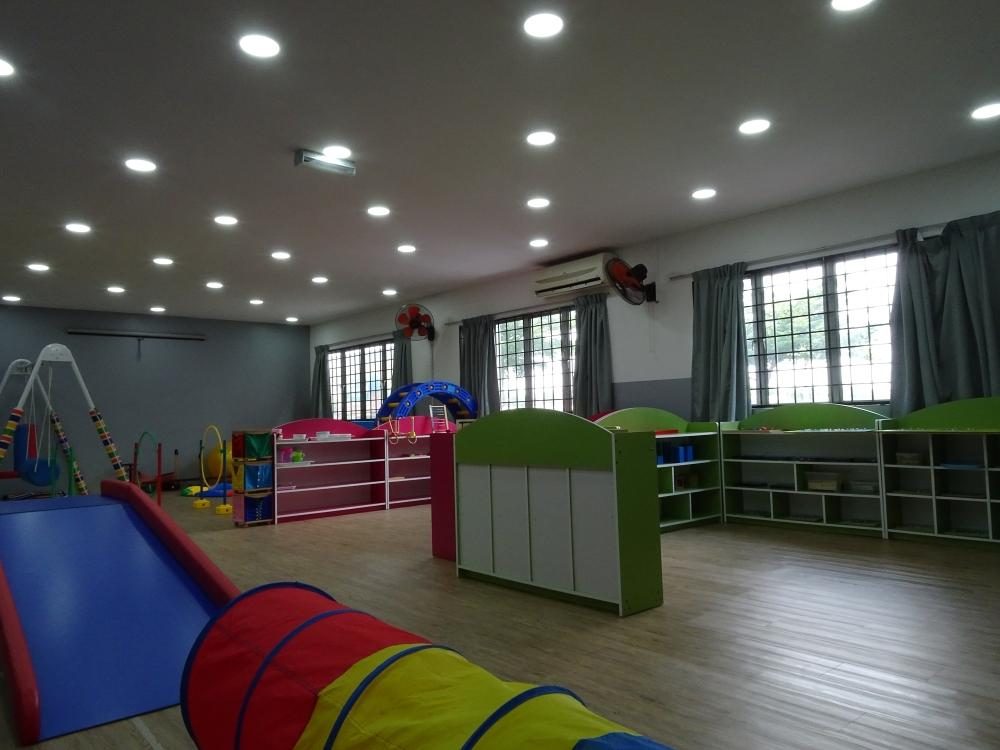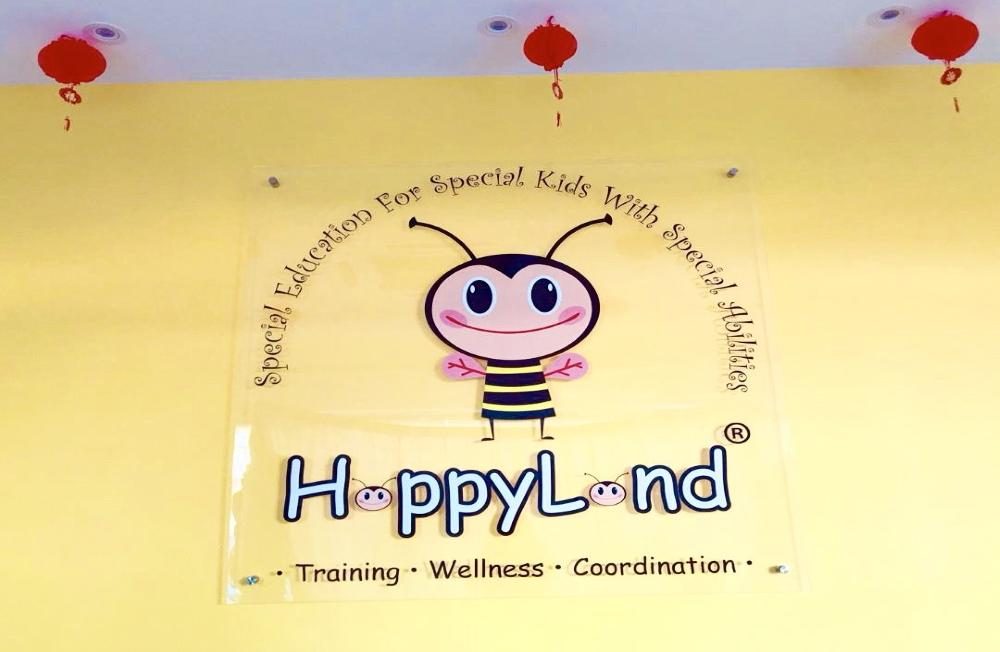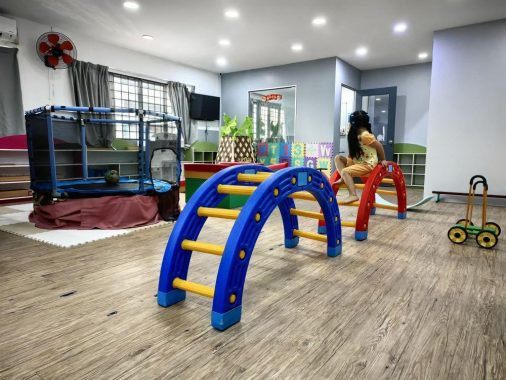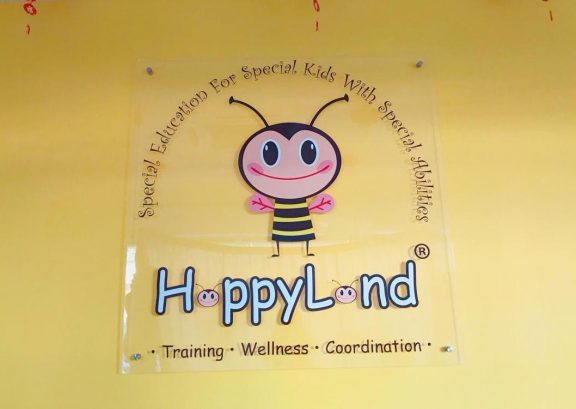Parenting a Special Needs Child
by on 05/07/2025 ...
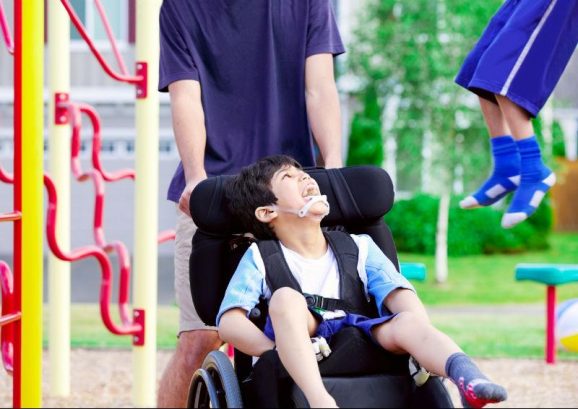
A child with special needs gets help from a variety of medical professionals, one of them being the occupational therapist. This article describes the role and purpose of occupational therapy in the life of a child with special needs, in the hope it will help parents to better understand what their child’s occupational therapist is aiming to achieve.
The Journey Towards Understanding
For parents with a special needs child, the journey towards understanding may begin before the child is even born. Chromosomal differences such as Down Syndrome can be detected prenatally, and other developmental disabilities can be predicted with varying rates of accuracy based on the parents’ genetic history and previous children.
The first thing that a parent with a special needs child should do is to get the facts about their child’s condition. Parents should speak frankly to their child’s doctor, asking any questions they have and voicing their concerns. Parents can also look for information on the Internet and at their local library or bookstore.
|
Statistics
Department of Social Welfare, Malaysia
Malaysia’s Persons With Disability Act 2008 defines persons with disabilities as including “those who have long-term physical, mental, intellectual or sensory impairments, which, in interaction with barriers, may hinder their full and effective participation in society”. According to the Department of Social Welfare:
– 19,150 children have learning disability
– 4,386 children have physical disability
– 2,055 children have hearing disability
– 1,958 children have multiple disability
– 1,265 children have visual disability
– 138 children have speech disability
– 85 children have mental disability |
Special needs children can be divided into behavior cases, physical cases, and speech and language problem. Among behavior cases are Autism Spectrum Disorder (ASD), Attention Deficit Hyperactive Disorder (ADHD), Attention Deficit Disorder (ADD), Learning Disabilities, and other behavioral problems, while physical problems include Down Syndrome (DS), Cerebral Palsy (CP), Global Developmental Delay (GDD), and other physical disorders that affect their daily activities.
The Occupational Therapist
A child with special needs interacts and gets help from a variety of medical professionals. Among them would be an occupational therapist, a health care provider who helps patients overcome a wide range of mobility and dexterity issues. He does this by training his patients in activities representative of their normal daily lives. The therapist first assesses the patient’s conditions, defines specific activities or actions that present difficulties for the patient, and sets out a course of therapy to exercise those abilities. It requires several years of education and training to be an occupational therapist, and one who chooses to work with a specific population, such as special needs children, require even additional skills.
Goals of Occupational Therapy

The goals of occupational therapy for a child are to improve his participation and performance, and all of his “occupations” like self care, play, school, and other daily activities. The occupational therapist will assess the child and modify the environment or the way of doing a task to promote better participation and independence. Sometimes, the occupational therapist works with the child to help improve specific skills. They also work towards educating parents, teachers and others so that they can help the child to be more comfortable and to participate better in the community.
Some common strategies use various activities and even play, in order to teach the child new skills. An occupational therapist grades activities and makes them a little more challenging as the child learns the skill. They also give the child sensory input and cuing to help them perform well, plus teach various compensatory strategies to help the child to be independent.
The components that concern occupational therapy are:
Self-care: An occupational therapist will help a child perform and be independent in self-care skills like eating, dressing, toileting, bathing and grooming. They may also suggest some adaptations that will help the child to be independent or decrease the burden on the parents.
Play: An occupational therapist helps a child to participate and interact with others in play. They may suggest modifications in the position, mobility aids or modifying toys to help a child play.
School: An occupational therapist helps a child to participate and adapt to regular schools. He may suggest aids for writing, and other classroom activities to help the child participate equally with other children. A child with special needs may also require special furniture to help them sit and write better.
Environmental Modifications: An occupational therapist can suggest modifications in the home, school, or playground that will help the child to participate more easily. Helping the child to become independent early in life will encourage him to live independently as an adult.
Fine Motor Skills and Handwriting: An occupational therapist also plays a role in helping a child improve his fine motor skills and handwriting by identifying the specific deficits in the child and suggesting activities that will help improve those skills.
Splinting: Occupational therapists can also make simple splints to help the child perform activities in a better way.
Interventions for Behavioural Problems
Interventions for a special needs child that has problems in behaviors include Behavioral Therapy (also called modification of behavior) and a diet that is gluten-free and casein-free (GFCF). Positive reinforcements can go a long way with a child with special needs, so make an effort to “catch him doing something good.” Praise him when he acts appropriately or learns a new skill. Be very specific about what behavior he is being praised for. Also look for other ways to reward him for good behavior, such as giving him a sticker or letting him play with a favorite toy. Imposing punishment when the child does something wrong or displays unwanted behavior will also help to train the child’s behavior. This can be done by isolating him from others or reducing rewards.
The GFCF diet was first developed for people with celiac disease, a disorder that involves a severe reaction to gluten in the diet. Gluten is found not only in wheat products, such as bread and other bakery goods, but also in a wide variety of other food products. Casein, a protein mostly associated with dairy products, also has the potential to cause severe reactions in certain individuals. When used appropriately, the GFCF diet is safe and can help avoid these severe health problems.
The theory behind its use in autism is that if a person is having gastro intestinal (GI) responses to these products, the resulting inflammation may damage the lining of the intestine and lead to absorption of molecules that are not normally absorbed by healthy intestines. Some evidence suggests that these molecules or the inflammation they cause can interact with the brain in ways that cause problems such as anxiety, mood abnormalities and mental difficulties, and perhaps worsen the behavioral symptoms of autism. Many families are trying this GFCF diet to help their children and they are seeing improvements. If you decide to put your child on the GFCF diet, it is important to pay attention to certain nutrients such as vitamin D, calcium, iron, protein, and fiber, which may be lacking in this eating plan.
20 Tips for Parents

1) You are not alone
No one else may have the same group of symptoms as your child, but there are those with similar challenges. Find those people. You can have a strong network within each separate diagnosis. You can make wonderful friends and provide a great deal of support for one another. You just have to pop into any Facebook groups and you will immediately be reminded, “I’m not alone”.
2) You too deserve to be cared for
You are almost constantly placed in a position of caring for others. However, you still need and deserve to be cared for. You can ask family or friends to bring a meal every now and then, or going for a pedicure, or whatever else you enjoy doing. Whatever makes you feel special and taken care of, take the time to enjoy it, you are worth it!
3) You aren’t perfect and that’s ok!
No one is perfect. We all make mistakes. Try to shift your thinking: maybe there was a good reason you missed that appointment, maybe your kid had a tough day at school. Who knows? But beating yourself up isn’t going to change the situation, so try to move on…
4) You are a superhero
You may not leap buildings in a single bound or run faster than a bullet but you are a superhero nonetheless. Everyday, you manage situations that a regular parent would think are impossible. You stretch tight muscles, remember pills, inject and infuse medicine. You hold a hysterical child during terrible medical procedures. You deal with tantrums. You encourage your child to do things doctors told you they would never do; you never gave up hope. You are a therapist, nurse, doctor, friend and confidante.
5) Therapy is play
For a child, therapy is play and play is therapy. The best therapists find ways to make your child engage in challenging activities – activities that he would have baulked at — by making it a game that he wants to play. Just do the same at home.
6) Play is therapy
This is different from number five. After being discharged from therapy, you can seek extra curricular activities for your child that would offer therapeutic benefits. He can play hockey, run on a track team, learn archery, and take swimming lessons. All of this is therapy. He will be learning, having fun and getting stronger.
7) Make time to enjoy your kids
Super parents tend to be fairly busy and often over scheduled. However, while everything on your calendar is important, it’s also important to make time to play, laugh, be silly, and just enjoy your kids. Read to them, snuggle with them, and engage with them with what’s important in their world. Make memories outside of hospital walls.
8) You will be obligated to make heart turning decisions
You will have to make painful decisions that leave you questioning everything you thought you knew or understood. Knowing that you are doing your best, remember number three. Talk about your challenge with others and trust yourself to make the best decision for your child. Make it and move on, don’t rethink it. Easier said than done, but worth a try!
9) You won’t always get it right
Many of the choices you are forced to make have no right answer, just the lesser of the hard and painful wrong choices. You will do your best but you won’t always get it right — no matter how many sleepless nights you spend agonising over how to handle a situation.
10) Forgive yourself
Yes, you will screw things up sometimes, despite the very best of intentions. No amount of torturing yourself will make you feel better, nor will it help you to make better choices. Remember many of the toughest decisions have no right answer.
11) Being a parent is hard. Being a parent to a child with extra needs is extra hard.
It can also be extra rewarding. Your child makes you extra passionate. And will almost always make life extra interesting. With the challeng
Contact: Autism Behavioral Center (ABC), Bangsar, Kuala Lumpur

















